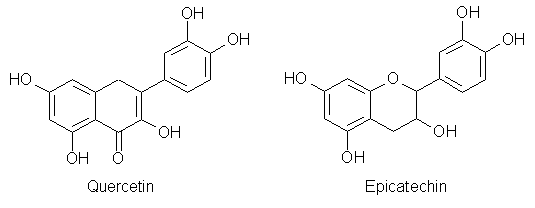I found that salvia miltiorrhiza which is similar in action to ginkgo biloba to be effective at reducing pain. When I first started taking the herb I took about 600mg but it was only when I increased the dosage several fold that I noticed within an hour or so of consumption that the burning pain in my leg had virtually vanished. I then experimented with the herb in a wild and rash fashion and learnt that ongoing higher dosages are counter-productive for walking and spasms etc but a maintenance dose of 500mg every few days is sufficient. The herb is powerful and used frequently in Chinese medicine. It thins the blood with anti-platelet activity, it inhibits endothelin 1 and therefore dilates the blood vessels and it inhibits some of the matrix metalloproteinases involved in the inflammation in MS. It was this herb's effects that convinced me that MS is largely vascular in etiology. Shortly afterwards I was on the flight to Stanford...
Capsaicin never helped with my pain much but did help with spasticity when taken in rather high dosages of maybe a couple of grams (with unfortunate bowel consequences!). See below. Hope this helps!
Eur J Pharmacol. 2002 Mar 29;439(1-3):83-92.
Arvanil-induced inhibition of spasticity and persistent pain: evidence for therapeutic sites of action different from the vanilloid VR1 receptor and cannabinoid CB(1)/CB(2) receptors.
Brooks JW, Pryce G, Bisogno T, Jaggar SI, Hankey DJ, Brown P, Bridges D, Ledent C, Bifulco M, Rice AS, Di Marzo V, Baker D.
Pain Research Group, Department of Anaesthetics, Faculty of Medicine, Imperial College, Chelsea and Westminster Hospital Campus, London, UK.
Abstract
Activation of cannabinoid receptors causes inhibition of spasticity, in a mouse model of multiple sclerosis, and of persistent pain, in the rat formalin test. The endocannabinoid anandamide inhibits spasticity and persistent pain. It not only binds to cannabinoid receptors but is also a full agonist at vanilloid receptors of type 1 (VR1). We found here that vanilloid VR1 receptor agonists (capsaicin and N-N'-(3-methoxy-4-aminoethoxy-benzyl)-(4-tert-butyl-benzyl)-urea [SDZ-249-665]) exhibit a small, albeit significant, inhibition of spasticity that can be attenuated by the vanilloid VR1 receptor antagonist, capsazepine. Arvanil, a structural "hybrid" between capsaicin and anandamide, was a potent inhibitor of spasticity at doses (e.g. 0.01 mg/kg i.v.) where capsaicin and cannabinoid CB(1) receptor agonists were ineffective. The anti-spastic effect of arvanil was unchanged in cannabinoid CB(1) receptor gene-deficient mice or in wildtype mice in the presence of both cannabinoid and vanilloid receptor antagonists. Likewise, arvanil (0.1-0.25 mg/kg) exhibited a potent analgesic effect in the formalin test, which was not reversed by cannabinoid and vanilloid receptor antagonists. These findings suggest that activation by arvanil of sites of action different from cannabinoid CB(1)/CB(2) receptors and vanilloid VR1 receptors leads to anti-spastic/analgesic effects that might be exploited therapeutically.
PMID: 11937096 [PubMed - indexed for MEDLINE
http://www.ncbi.nlm.nih.gov/pubmed/119370963 years antibiotics, 06/09 bilateral jug stents at C1, 05/11 ballooning of both jug valves, 07/12 stenting of renal vein, azygos & jug valve ballooning,


